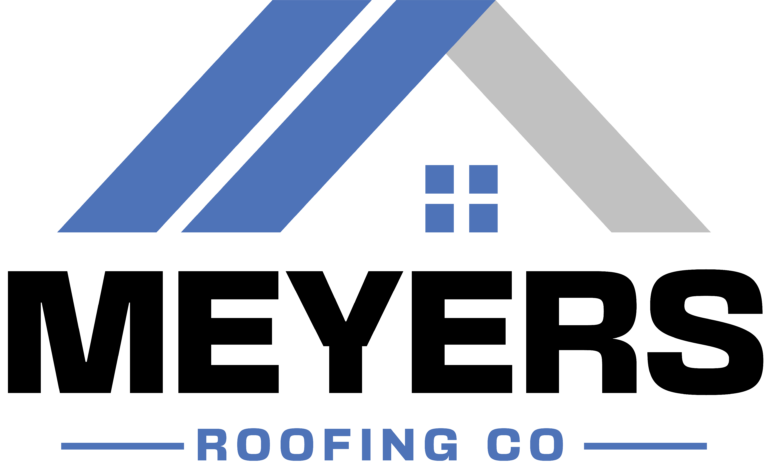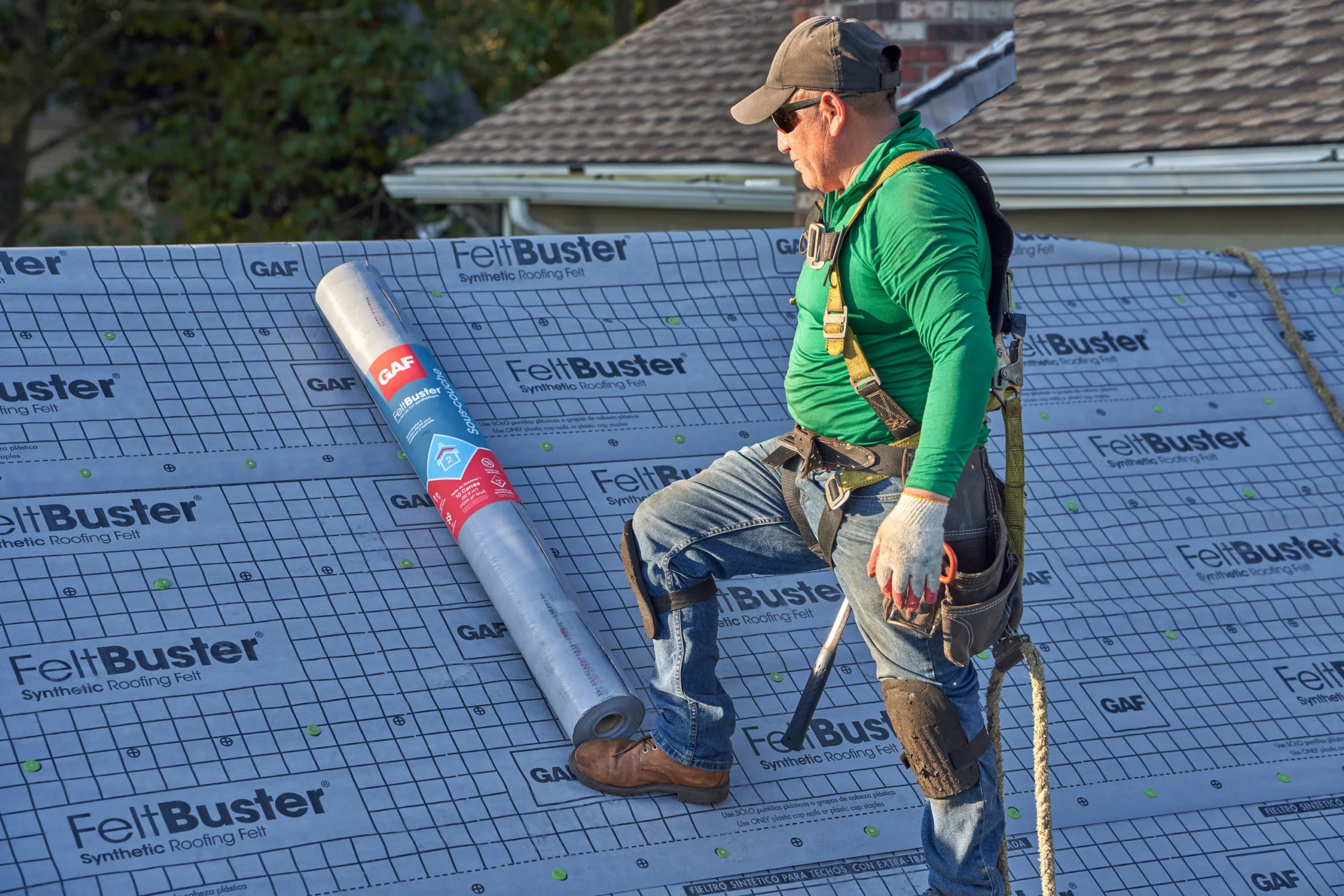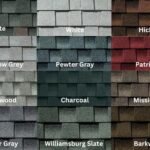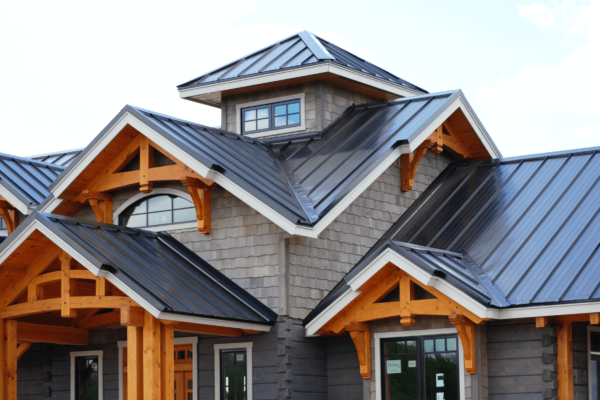Choosing the Best Roofing Underlayment & Exploring the Benefits of Synthetic Materials
Your roof is not just shingles — its the first line of defense for your home. When Choosing the Best Roofing, you should consider every aspect, including the underlayment. Never settle on protection. With the right underlayment, you’re investing in quality and durability for your home, as well as peace of mind.
Why Use Synthetic Roof Underlayments?
There are several benefits to synthetic roof underlayments when compared to traditional felt underlayments. Here are some major reasons that make them preferred choice among roof professionals:
Directed towards it, one of the significant advantages of synthetic underlayment is its high durability. Synthetic underlayments are crafted using advanced polymers and engineered material types to help withstand heavy rain, high winds or UV rays during harsh weather. While felt underlayments are prone to tears and degrades with time, synthetic materials provide long-term line of defense for your roof.
Ease of Installation: Synthetic underlayments are lightweight and easy to maneuver, making them more manageable during installation than traditional felt underlayments. Because of their flexible nature, they smooth on well even in difficult roofing situations. Also synthetic underlayments come in big rolls which reduces seams and shortens the installation time.
Water Repellent: Designed to repel water, synthetic underlayments offer even more defense against leaks and water damage. Which is great because unlike the felt underlayment, synthetic materials do not have the ability to absorb moisture and saturate over time, which equates to keeping your roof dry and secure.
Versatility: Synthetic underlayments can be used in multiple roofing applications, including asphalt shingles, metal roofing, and tile roofing systems. This makes them suitable for residential and commercial projects alike, providing dependable performance over different roof types and styles.
Factors to Consider When Selecting Synthetic Underlayment
In summary, although there are many benefits to using synthetic roof underlayments, it is important to take into account aspects such as price, brand and warranty when choosing the appropriate product for your roofing project. Although synthetic underlayments can be slightly more expensive initially than traditional felt underlayments, their long-term durability and performance makes them a valueadded investment that offers peace of mind.
Looking at roofing underlayments, synthetic materials are a compelling blend of durability, easy installation, and water resistance. As an essential component of your roofing project, selecting a high-quality synthetic underlayment will add value, performance and durability to your roof and provide superior protection against the elements.
High-Performing Synthetic Roof UnderlaymentsAt Meyers Roofing Co, we carry a full range of synthetic roof underlayments designed from the ground up with quality and performance in mind. You can also see everything we have at www.buildingproducts.com.
So its important to consider the benefits and characteristics of each type of roofing underlayment when making a decision to choose which type is best for your roofing needs and preferences.
Felt Underlayment: Felt underlayment (also called asphalt-saturated felt) is a time-tested choice. It is produced using organic or fiberglass material infused with asphalt for water-resistant properties. Although felt underlayment tends to be the cheaper option over synthetic, you may sacrifice durability and longevity. Foam underlayment is most commonly used for standard roofing applications and can also serve as a temporary shield until new roofs are installed or repairs are completed.
Self-Adhered Underlayment: Self-adhered underlayment, or peel-and-stick underlayment, provides ease of installation and convenience. It has an adhesive backing that sticks directly to the roof deck. Do not use on walls or roofs with more extensive insulation; It is not recommended to detect walls and roofs. Known for its superior sealing capabilities, self-adhered underlayment minimizes the threat of water infiltration, significantly improving overall roof performance.
Synthetic Underlayment: Synthetic roof underlayments are increasingly being adopted in the roofing industry because they are highly durable, flexible, and resistant to tears and wrinkles. Synthetic underlayments are made from polypropylene or polyester materials and have much higher water resistance and UV protection than felt underlayment. These underlayments are lighter and less cumbersome, resulting in reducing installed times and labor savings. They also offer a non-slip surface for roofers who work on steep slopes. Synthetic underlayments can perform for years — if you are a homeowner looking for longevity in a roofing underlayment, look no further.
In the end, the most suitable roofing underlayment for your project will vary based on your budget, climate conditions, and unique roofing needs. Meyers Roofing Co can provide the best way to determine your individual options and which underlayment type can best protect your roof for years to come
To find out if your roof underlayment is damaged, you need to carefully observe certain signs:
Water stains on ceilings and walls: The presence of water staining to ceilings and walls is an obvious indication that the underlayment has deteriorated. These stains typically appear as brown discoloration or water marks indoors and indicates that water is coming in through the roof structure.
Our team is here for all your roofing needs!
Corey O’Connor
Meyers Roofing Co.
Phone: 949-413-8406
Email — info@meyersroofingco.com
Website: www. meyersroofingco. com
FAQs
What is the big deal about roofing underlayment?
Your roof is your home’s first line of defense but the underlayment is its silent protector! It serves as a threefold barrier against water infiltration while also adding an extra layer of security and providing your roof with years of longevity. Selecting the appropriate one is key to preventing expensive damage.
What is synthetic underlayment and how is better than felt?
Synthetic underlay is a revolutionary! It’s nonwoven, so unlike traditional felt, it’s lightweight, tear-resistant and built to endure extreme weather. And it’s water-repellent like a diva, protecting your home and home owner.
Does synthetic underlayment improve my roof’s durability?
Absolutely! Since it’s stronger and more resistant than polyester film to UV rays, moisture, and mold, synthetic underlayment increases the longevity of your roof. It also doesn’t degrade as quickly as felt, which means fewer worries and more peace of mind.
Do you get what you pay for with synthetic underlayment?
100%! Yes, it might cost a little more upfront, but over time you’ll get better protection, a longer life span and less maintenance — all of which makes sense for both you and your wallet! It’s one of those upgrades you will be thankful for.
How does synthetic underlayment hold up in extreme weather?
Without a doubt! Heavy rains, snow and intense heat, synthetic underlayment withstands it all. It’s made to hold its ground and deliver with pressure, protecting your house irrespective of what Mother Nature hurls at it.












